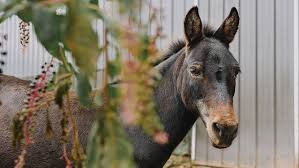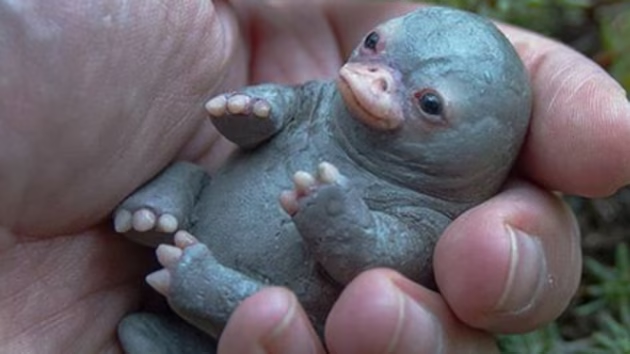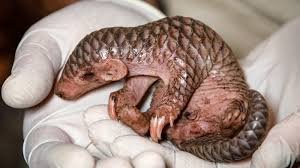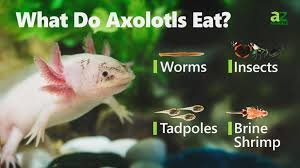
hinny
The baby hinny is one of the least-known yet fascinating hybrid foals in the equine world. While most people have heard of mules, hinnies remain a quiet mystery. A hinny is the offspring of a female donkey (jenny) and a male horse (stallion). When such a pairing results in a foal, the newborn baby hinny carries with it a mix of traits from both parents but in a combination different from a mule. These rare hybrids are treasured for their unique characteristics, though they are much harder to breed successfully. Learning about baby hinnies not only opens a window into genetics and animal husbandry but also helps us appreciate the complexity of hybrid animals.
Origins and Classification
Baby hinnies, like mules, belong to the Equidae family, which includes horses, donkeys, and zebras. However, their genetic identity is hybridized, meaning they cannot be classified as a true species. The difference between a mule and a hinny lies in the parental pairing: mules result from a male donkey and a female horse, while hinnies are born from a female donkey and a male horse. This small reversal has huge effects on physical traits and temperament. Hinnies tend to be rarer because female donkeys have smaller wombs, making it harder for them to carry a foal sired by a larger horse. Thus, each baby hinny is considered a special rarity in the world of equines.
Birth and Early Life
A baby hinny is born after a gestation period of about 11 to 12 months, similar to horses and donkeys. At birth, the foal usually weighs between 15 to 30 kilograms, depending on the size of its parents. Unlike wild species, hinnies are usually born in controlled environments such as farms or breeding centers, where caretakers can ensure safe delivery. A newborn hinny stands within an hour and begins nursing soon after. Like horse and donkey foals, baby hinnies are precocial, meaning they are born relatively developed and capable of moving independently. Their early days are marked by curiosity, bonding with the mother, and rapid growth.
Physical Appearance of Baby Hinnies
Baby hinnies inherit a fascinating blend of physical features from their parents. They usually have the smaller stature and sturdy build of donkeys, but with certain horse-like qualities. Their ears are shorter than a mule’s but longer than a horse’s, often considered one of their most distinctive features. Their manes are often coarse, resembling that of a donkey, while their tails may carry more horse-like hairs. Coat colors vary widely, as they depend on the horse sire’s genetics, but browns, grays, and bays are most common. A baby hinny’s face may look more donkey-like, with a straighter profile and smaller eyes compared to a mule.
Feeding and Diet
During the first months of life, a baby hinny feeds exclusively on its mother’s milk. Nursing provides vital nutrients and antibodies necessary for survival. By two to three months of age, the foal begins nibbling on grasses, hay, and small amounts of grain. Because hinnies are hybrids, their digestive systems tend to resemble donkeys, meaning they can thrive on high-fiber, low-protein diets. This makes them hardy and less demanding in terms of nutrition. A growing baby hinny quickly adapts to grazing and can thrive in environments where purebred horses might struggle.
Behavior and Temperament
The temperament of a baby hinny is shaped by both genetics and environment. Generally, hinnies are described as gentle, intelligent, and cautious. Unlike mule foals, baby hinnies often display more reserved behavior. They may take longer to trust strangers, but once bonds are formed, they are incredibly loyal. Their donkey heritage contributes to a careful and thoughtful nature, while the horse influence adds agility and playfulness. During their first months, baby hinnies engage in typical foal behaviors such as running, jumping, and playful kicking, though often with a more measured approach than pure horse foals.
Growth and Development Milestones
Baby hinnies reach important milestones much like other equine foals. They walk and run within hours of birth, begin grazing within weeks, and start to display independence around six months. Weaning typically occurs between four to six months of age, depending on management practices. By one year, hinnies show a clear development of adult features and behaviors. Their growth rate tends to be slightly slower than that of horse foals, reflecting their donkey maternal influence. By two to three years, they reach full maturity, though they often retain playful characteristics well into young adulthood.
Differences Between Baby Hinnies and Baby Mules
One of the most common questions is how to tell a baby hinny apart from a baby mule. While both hybrids are sterile and share similarities, there are key distinctions. Baby hinnies usually inherit smaller frames, shorter ears, and donkey-like faces. They are also generally harder to breed, making them rarer. Behaviorally, hinnies are often more reserved and cautious compared to the outgoing and energetic mule foals. Farmers and breeders value both hybrids for different reasons, but the rarity of hinnies makes them particularly treasured.
Baby Hinnies in History and Culture
Throughout history, hybrids like hinnies and mules have been used for work, transport, and companionship. While mules became famous as reliable beasts of burden, hinnies remained less common due to the challenges of breeding them. In some cultures, the birth of a baby hinny was seen as a sign of rarity and good fortune. Historical records suggest that hinnies were admired for their endurance and surefootedness, though they never became as widespread as mules. Today, they are valued more for novelty, companionship, and the study of genetics rather than heavy labor.
Health and Veterinary Care
Baby hinnies, like all foals, require attentive care in their early stages. Regular veterinary check-ups ensure proper growth, vaccinations, and parasite control. Due to their hybrid genetics, hinnies are generally hardy and resistant to many illnesses. However, breeders must monitor them for potential complications during birth, since donkey mothers may face difficulties carrying foals from larger horse sires. Proper diet, shelter, and early socialization are crucial for raising a healthy and well-adjusted baby hinny.
Baby Hinnies and Human Interaction
Because hinnies are relatively rare, each baby hinny often becomes a center of attention wherever it is born. Farmers, breeders, and visitors find them endearing and unique. Their calm nature makes them approachable, though patience is required to build trust. Once accustomed to human handling, they can become affectionate companions, displaying a mix of donkey loyalty and horse intelligence. Children and animal lovers often find baby hinnies delightful, as they embody the charm of two different species in one small, curious foal.
Conservation and Breeding Efforts
Unlike wild species such as okapis, hinnies are not threatened by extinction since they are domesticated hybrids. However, their rarity makes them special. Selective breeding programs occasionally aim to produce hinnies for research and educational purposes. Animal sanctuaries and equine centers sometimes showcase hinnies to raise awareness about hybrid animals. More information on equine hybrids can be found through resources such as The Donkey Sanctuary and educational institutions like the University of Kentucky Agriculture Department which provide insights into breeding practices and care. These initiatives ensure that the knowledge about hinnies is preserved and shared with future generations.
Fascinating Facts About Baby Hinnies
- Baby hinnies are much rarer than mules due to breeding challenges.
- Their ears are shorter than a mule’s but longer than a horse’s.
- They tend to inherit donkey-like patience and horse-like agility.
- Hinnies, like mules, are almost always sterile.
- Despite being hybrids, they often live long, healthy lives similar to donkeys.
The Future of Baby Hinnies
The future of baby hinnies lies in their continued appreciation by breeders, animal lovers, and educators. Although they are not common, their existence highlights the fascinating outcomes of hybridization in the animal world. Each new hinny birth is a reminder of the delicate balance between genetics and nature. As more people learn about hinnies, interest grows in preserving knowledge and maintaining healthy hybrid populations.
Conclusion
The baby hinny is a rare and charming foal, born from the unique cross between a female donkey and a male horse. From its physical traits and cautious temperament to its cultural symbolism and rarity, every aspect of a baby hinny tells a story of genetic wonder. Though they do not have the widespread historical importance of mules, hinnies remain captivating examples of hybrid vigor and diversity. By studying and appreciating baby hinnies, we not only celebrate their uniqueness but also deepen our understanding of the animal kingdom’s complexity.






